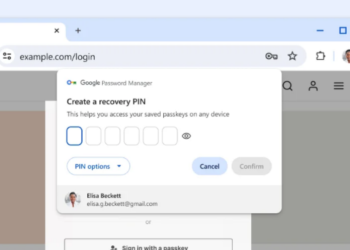OpenAI has unveiled voice and image capabilities for ChatGPT, taking conversational interfaces to a new level. Users can now engage in voice conversations or visually show ChatGPT their topics of interest.
These advancements allow users to snap images of landmarks for live discussions or seek culinary suggestions based on the contents of their refrigerator. Furthermore, they can aid with academic tasks, such as assisting children with math problems via shared pictures.
These features will be initially available to Plus and Enterprise users across all platforms. For voice interactions, users can choose from five distinct voices, developed using a state-of-the-art text-to-speech model. This innovation is the result of OpenAI’s collaboration with professional voice actors and the use of their open-source speech recognition system, Whisper.
The image feature enables users to show multiple images to ChatGPT, zooming into specific details when necessary. This capability leverages multimodal GPT-3.5 and GPT-4 models, proficient in interpreting a variety of images including photos, screenshots, and mixed media documents.
OpenAI is adopting a phased approach in deploying these voice and image features, underlining their commitment to safety and ethical considerations. With these advanced capabilities come challenges, like potential misuse by malicious actors. As a safeguard, OpenAI has engaged with external testers to anticipate and mitigate risks, especially in sensitive domains. Collaborations, such as with Be My Eyes, further emphasize their aim to enhance accessibility while respecting user privacy.
Despite its advancements, users should be cognizant of the model’s limitations, particularly in specialized areas and non-English transcriptions.
OpenAI’s move to integrate voice and image functionalities in ChatGPT is commendable. As chatbots and AI interfaces become increasingly ubiquitous in the digital landscape, creating more natural and multifaceted ways to interact with these systems is essential. While the potential is vast, responsible deployment and transparent communication about their capabilities and limitations will be the key to widespread acceptance and success.




















































